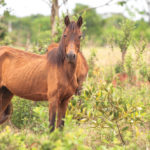
Horse euthanasia: When is the ‘right time’ to end suffering
Horse Health: The strong bond most horse owners develop with their equine companions makes this a very difficult choice
Parvovirus cases recently reported in Alberta
The virus can be fatal for dogs and the provincial vet association says vaccination is crucial
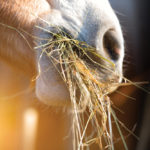
Gastric ulcers in horses
Horse Health: This malady is part of a much bigger problem
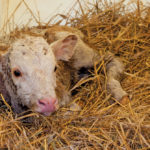
The facts about the dangers of antibiotic resistance
Beef 911: The cattle industry is doing a good job to prevent resistance and we are improving those efforts
Craig Dorin named vet of the year

You can still get good protection by vaccinating very young calves
Beef 911: The label may say it’s not approved for young calves, but that doesn’t mean it doesn’t work
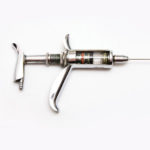
Top tips for vaccinating
Storage, the injection route, and when you administer a vaccine are all key, says Dr. Nathan Erickson

TB testing to continue into January
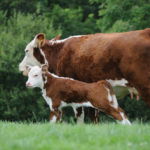
We need to do better when it comes to castration
Beef 911: Doing it early and properly brings benefits to the producers, addresses animal welfare concerns, and prevents problems later on

When it comes to bovine TB, a closed herd is a safer herd
Bovine tuberculosis usually isn’t discovered until an animal reaches the packing plant

